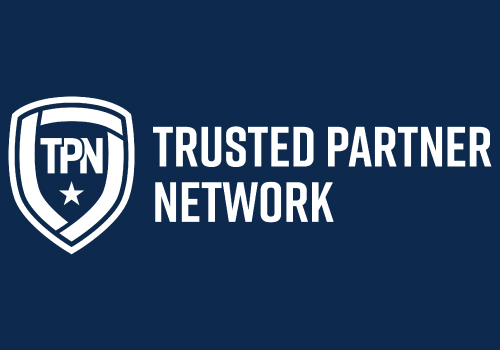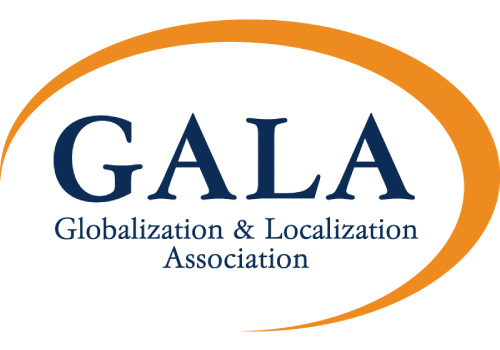All you need to know about the status of subtitling and audio description in 2019
Recently we examined the closed captioning requirements in force in the US, but what are the obligations of content owners and distributors that operate on the other side of the Atlantic?
Content accessibility is regulated by the Office of Communication (OfCom) in the United Kingdom. Under sections 303 to 305 of the Communications Act 2003, OfCom draws up and periodically revises a code providing guidance regarding the extent to which television services should be made accessible to the deaf and hard of hearing, as well, as to the blind and partially sighted or those who have a dual sensory impairment (deafblind). The code sets the requirements on subtitling, as closed captions are referred to by OfCom, sign language and audio description.
The code applies to:
- licensed public service channels
- digital television programme services
- television licensable content services (TLCS)
- restricted television services
- digital television programme services (DPS) provided by the Welsh Authority
Access service requirements for TV channels
OfCom requires that domestic TV channels with an average audience share of all UK households of 0.05% make accessible a certain percentage of the content they air. The obligation extents to non-domestic channels as well. That is, channels licensed by OfCom that are available in member states of the European Union or the European Economic Area other than the UK. For non-domestic channels the audience threshold ranges from 0.04% for Germany and Italy to 71.16% for Lichtenstein. For a domestic TV channel to be obliged to provide sign-presented programming, it must have an average audience share of 1.00%; for non-domestic TV channels the average audience share is different from country to country, ranging from 0.86% for Italy to 96.60% for Luxembourg.
Ten-year targets are being set for subtitling, signing and audio description, which are being described as percentages of the service, including all programmes other than advertisements and excluded programmes. TV channels’ obligations rise from a low level to the ten-year targets: 80% for subtitling and 10% for audio description. The target for signing differs depending on the channels’ audience share. For channels with larger audiences, the signing ten-year target is 5%, while for channels with smaller audiences it is 75 minutes of sign presented programmes per month.
Access service targets for channels with larger audience shares

Source: OfCom’s Code on Television Access Services
The targets are higher for public broadcasters. BBC channels are required to subtitle 100% of their programming, audio describe 10% and sign 5%, while ITV1 and Channel 4 are required to subtitle 90% of their programming, audio describe 5% and sign 10%.
Exemptions from the obligation
OfCom can exclude programmes and services from the obligation to provide subtitling, audio description and signing, taking into consideration:
- The extent of the benefit which would be gained by provision of the assistance in relation to the programmes
- The size of the intended audience for the programme
- The number of persons who are likely to benefit and to what extent
- The extent to which the intended audience lives outside the United Kingdom
- The technical difficulty of the assistance
- The cost of the assistance
Moreover, the following services are excluded from the obligation to provide access services, according to section 303 of the Communications Act 2003:
- Advertising only programmes, such as a shopping channel
- Electronic programme guides
- Those licensed outside the United Kingdom
Exemption can also be granted for financial reasons. The total cost for provision of access services should not exceed 1% of the broadcaster’s “relevant turnover.” Therefore, OfCom has calculated the costs of three levels of provision, allowing broadcasters to adjust provision of the assistance in order not to exceed that budget.
- Level One is equal to the full annual targets for subtitling, signing and audio description.
- Level Two equates to 60% of the current annual targets for subtitling and 100% of the targets for signing and audio description.
- Level Three equals to 33% of the current annual targets for subtitling and 100% of the targets for signing and audio description.
Broadcasters unable to afford Level Three costs are exempt from the provision of access services all together on economic grounds.
OfCom conducts a mid-year review of the audience share and relevant turnover of the channels licensed in the UK and informs the licensee if within the following year they are likely to become:
- subject to a requirement to provide access services
- subject to a different level of access service provision
- excluded from the requirement to provide access services
On-demand Program Services (ODPS)
OfCom regulates on-demand programme services (ODPS), like public service broadcasters’ catch-up services and subscription services. Whether an on-demand service is regulated by OfCom depends on several factors like the nature of the service’s content (television-like content) and OfCom’s jurisdiction.
Accessibility is not mandatory for on-demand services in the United Kingdom. According to the Communication Act 2003, OfCom encourages ODPS to make their content accessible to people with sight and hearing impairments.
According to Ofcom’s mid-year 2018 access services report, 54.7% of ODPS providers made any content accessible during the first half of 2018: 51.4% of providers offered subtitles, 16.7% offered audio description and 6.9% signing. In the second half of the year, the percentage of ODPS providers offering subtitles rose to 57.8 %, while provision of audio description declined (15.3% of ODPS providers) and that of signing remained the same, according to Ofcom’s Access service report 2018.
On a final note, broadcast media are facing a more regulated environment regarding the provision of access services, while on-demand programme services and online videos have greater flexibility in deciding, if and to what extent, they will make their content accessible.
*The above article refers to the state of access services in 2019 and the current requirements.
**This is an informative article and doesn’t substitute legal advice.







